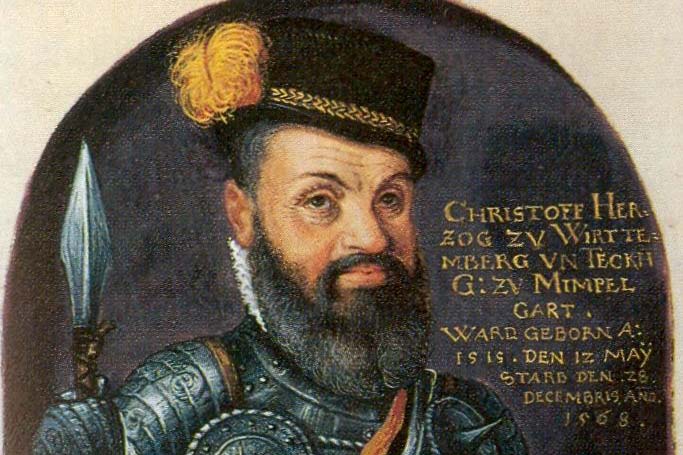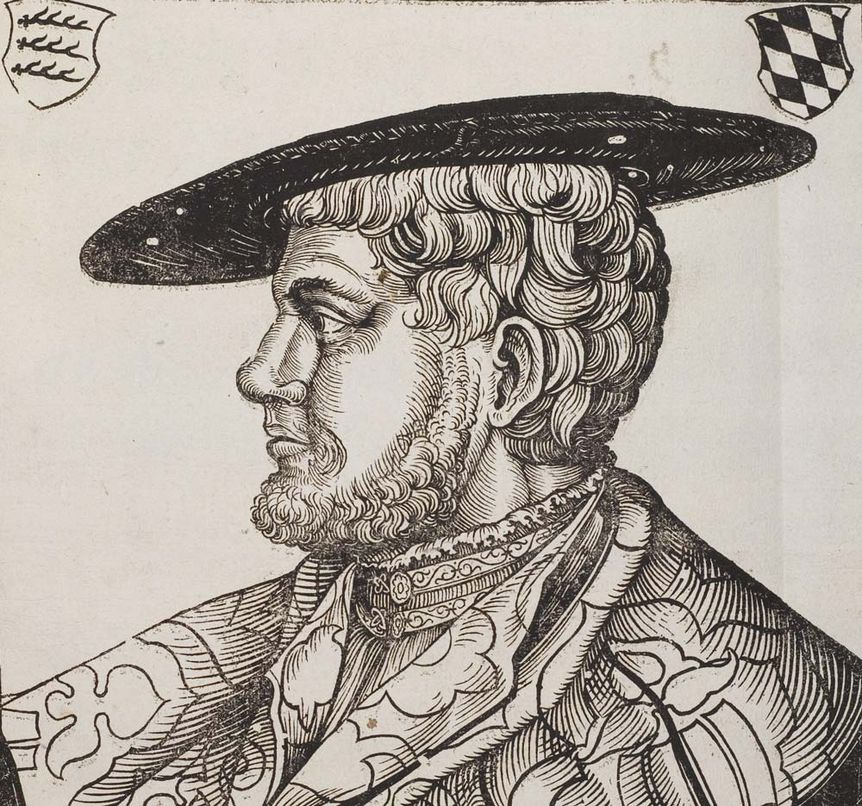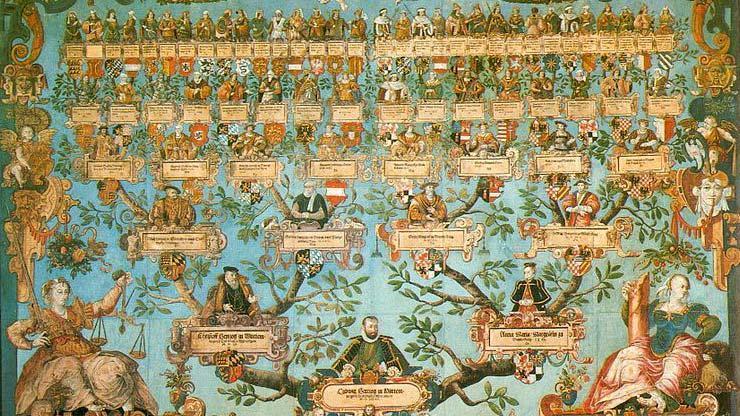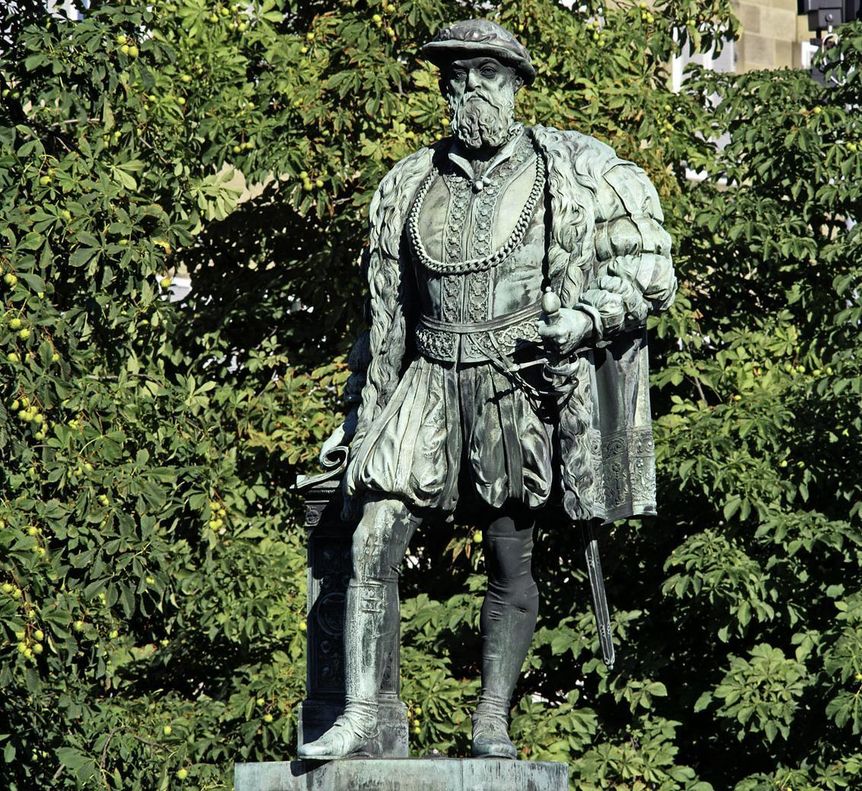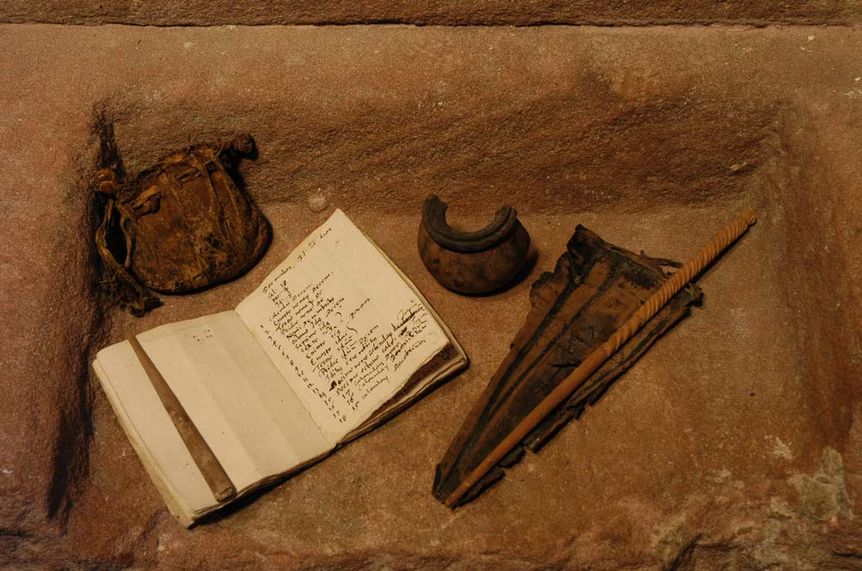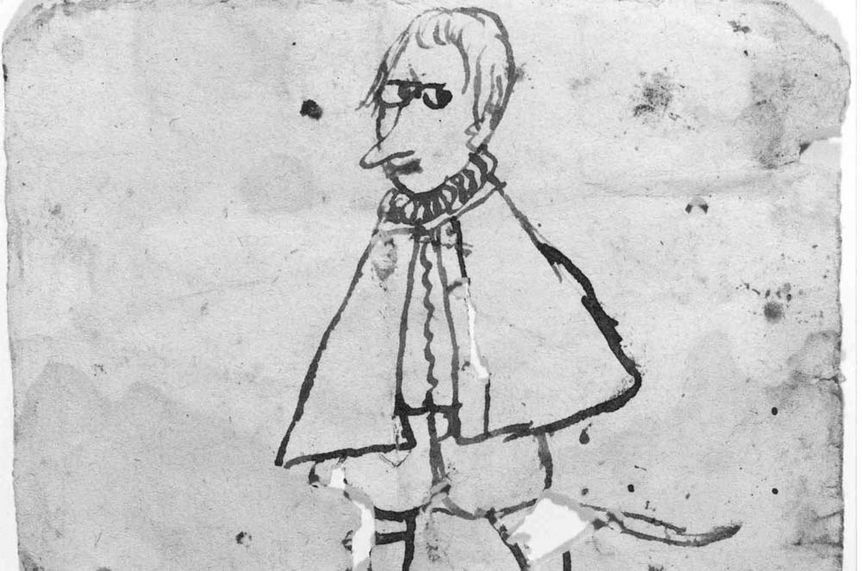WHY DID CHRISTOPH BECOME A PROTESTANT?
In 1534, Ulrich succeeded in recapturing his duchy, which he immediately reformed. It was the first time he'd seen his son, Christoph, in 15 years! Their reunion was overshadowed by mistrust and distance. Shortly thereafter, Ulrich sent Christoph out of the country, to the French court. Not until 1542 was there finally at least a political rapprochement between father and son. Per agreement, Christoph's succession was arranged. The condition: Christoph must declare himself for the Reformation. The marriage arranged by Ulrich between Christoph and Anna Maria von Brandenburg-Ansbach, a princess from a Protestant noble house, sealed the change of confession.



